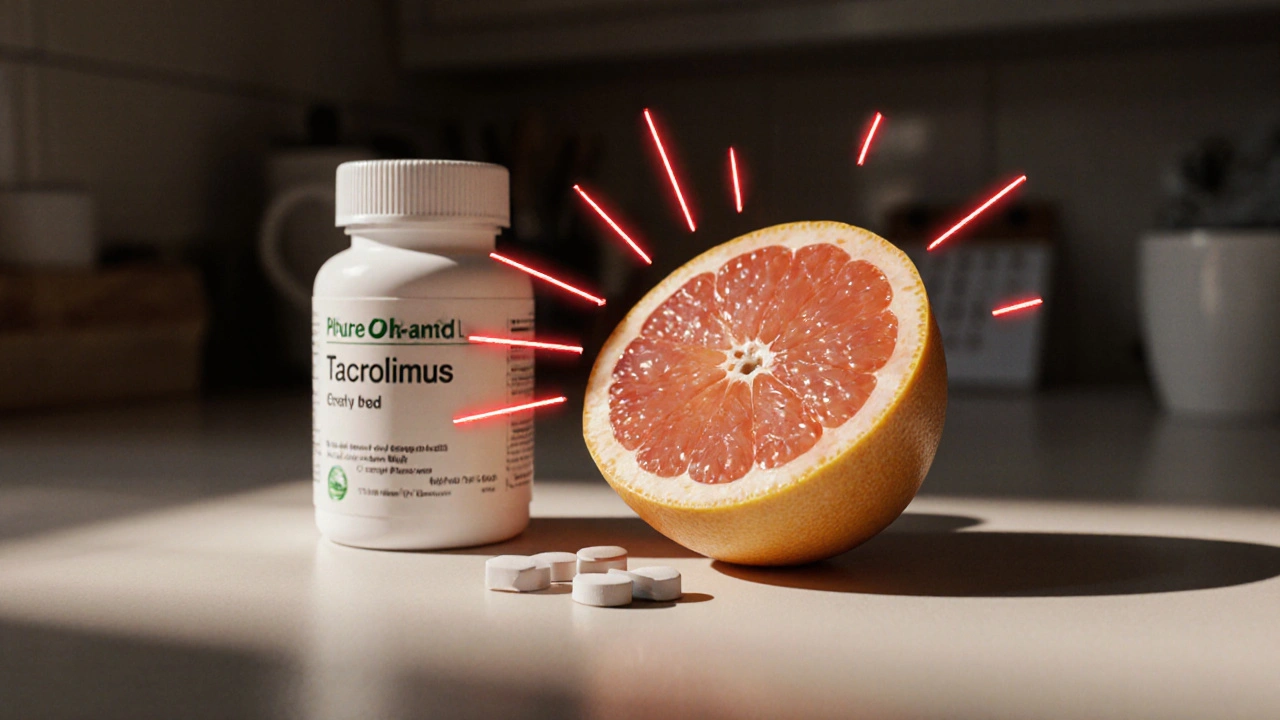Cyclosporine: Uses, Risks, and Practical Guidance
When talking about cyclosporine, a potent calcineurin inhibitor used to suppress the immune system. Also known as Neoral, it works by blocking T‑cell activation, which helps prevent the body from attacking transplanted organs or its own tissues.
Immunosuppressant, a drug class that reduces immune system activity is the broader category that cyclosporine belongs to. This class includes medicines like tacrolimus and mycophenolate. By dampening immune responses, immunosuppressants make it possible for patients to keep a new organ functional and to manage severe autoimmune conditions.
Organ transplant, the surgical replacement of a failing organ with a healthy donor organ relies heavily on cyclosporine to stop rejection. Without adequate immunosuppression, the recipient’s immune system would recognize the graft as foreign and attack it, leading to graft failure. Proper dosing, blood‑level monitoring, and kidney function checks are crucial to balance protection and toxicity.
In the realm of autoimmune disease, conditions where the immune system mistakenly attacks the body’s own cells, cyclosporine is prescribed for severe psoriasis, rheumatoid arthritis, and uveitis when first‑line therapies fall short. It offers a different mechanism compared with biologics, targeting intracellular signaling pathways rather than surface cytokines.
One key attribute of cyclosporine is its narrow therapeutic window. Blood concentrations must stay within a target range; too low and rejection can occur, too high and nephrotoxicity or hypertension may develop. Regular labs, often every two weeks early on, guide dose adjustments and help spot early signs of organ stress.
Drug interactions are another practical concern. Cyclosporine is metabolized by the CYP3A4 enzyme, so co‑administration with certain antifungals, antibiotics, or grapefruit juice can raise its levels dramatically. Clinicians usually reduce the cyclosporine dose when adding a known inhibitor, and patients should be warned about over‑the‑counter products that may interfere.
Key Considerations for Patients and Providers
Patients should be aware of common side effects like tremor, gum overgrowth, and increased hair growth. More serious risks include kidney injury, high blood pressure, and a heightened susceptibility to infections. Lifestyle adjustments—maintaining a low‑salt diet, staying hydrated, and monitoring blood pressure—can mitigate some of these issues.
When planning to taper cyclosporine, a gradual reduction is essential to avoid rebound immune activation. Switching to another immunosuppressant, such as mycophenolate, may be an option for long‑term maintenance once the graft stabilizes. Each change should involve close collaboration between the transplant team, pharmacist, and the patient.
Below you’ll find a curated set of articles that break down cyclosporine dosing strategies, compare it with other immunosuppressants, discuss safe purchasing options, and address specific scenarios like pregnancy or infection risk. Dive in to get the detailed guidance you need to use cyclosporine safely and effectively.


